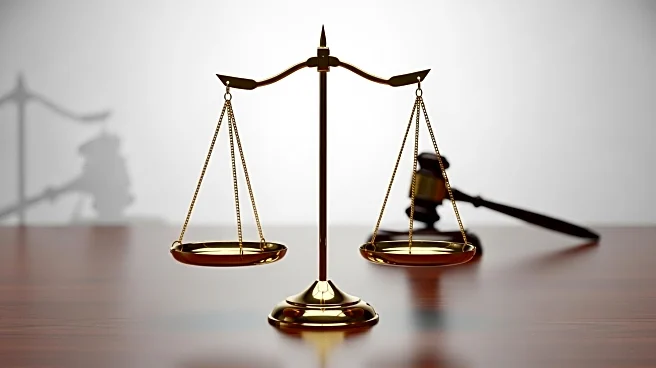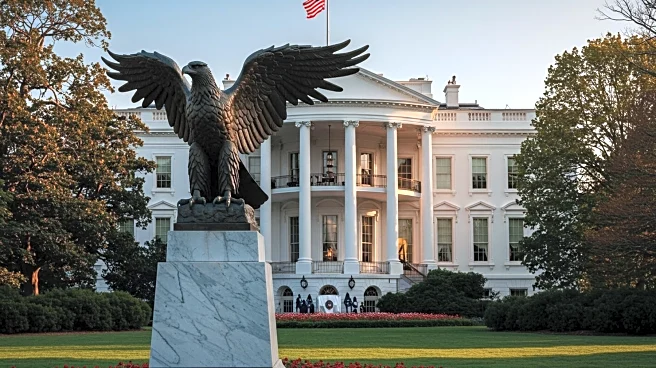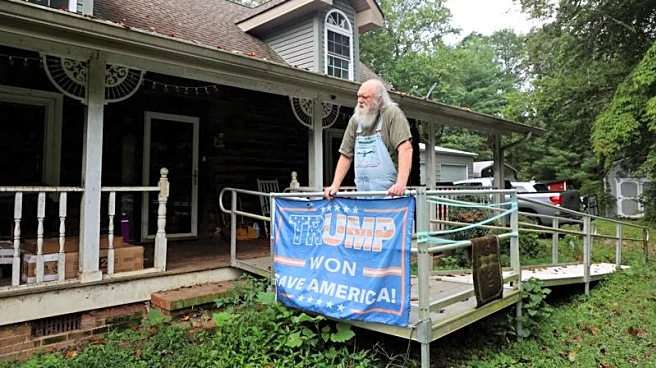Rapid Read • 7 min read
The Department of Health and Human Services has announced its intention to de-recognize employee unions, effectively removing collective bargaining rights for thousands of staff members. This decision aligns with President Trump's executive order issued in March, which aims to strip federal employees of these rights under national security claims. The move has been met with criticism from union leaders, who argue it is illegal and detrimental to public health services. Legal challenges have been mounted against the executive order, with mixed rulings from various courts. The decision comes amid heightened tensions following a recent attack on the CDC's headquarters.
AD
The de-recognition of employee unions at HHS is a significant development in federal labor relations, affecting the rights and working conditions of thousands of employees. The move is part of a broader strategy by the Trump administration to streamline federal operations, prioritizing national security over collective bargaining. Critics argue that this undermines workforce stability and morale, particularly in agencies critical to public health. The decision may lead to increased tensions between the government and unions, affecting the delivery of essential services to the public.
Unions are expected to continue challenging the executive order through legal avenues, seeking to restore collective bargaining rights. The ongoing litigation may influence future government actions regarding union contracts. Additionally, the impact on employee morale and agency operations will be closely monitored, with potential implications for public health preparedness and response capabilities.
The decision raises ethical concerns about the balance between national security and employee rights, as well as the role of unions in safeguarding public health infrastructure. It also highlights the potential for long-term shifts in labor relations within the federal government.
AD
More Stories You Might Enjoy











